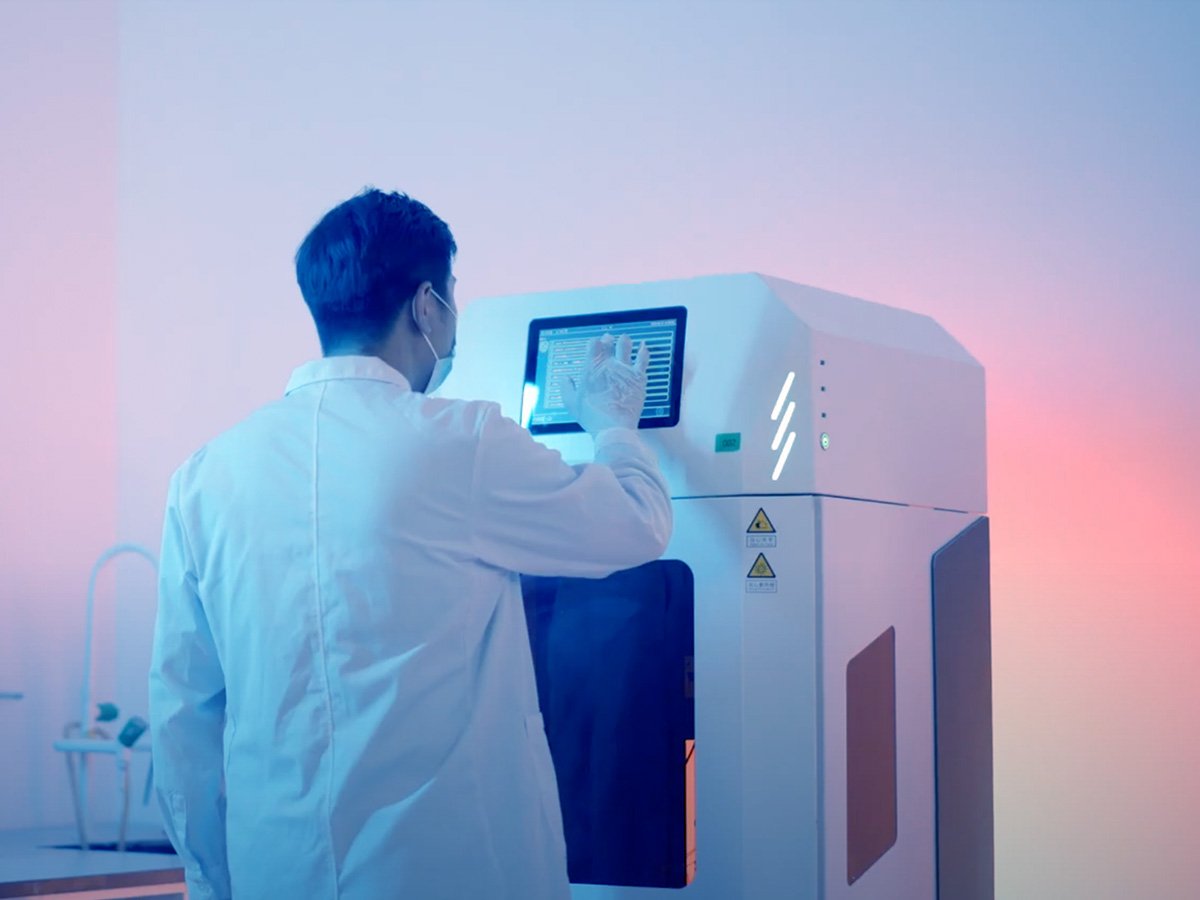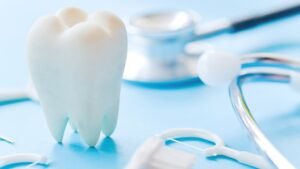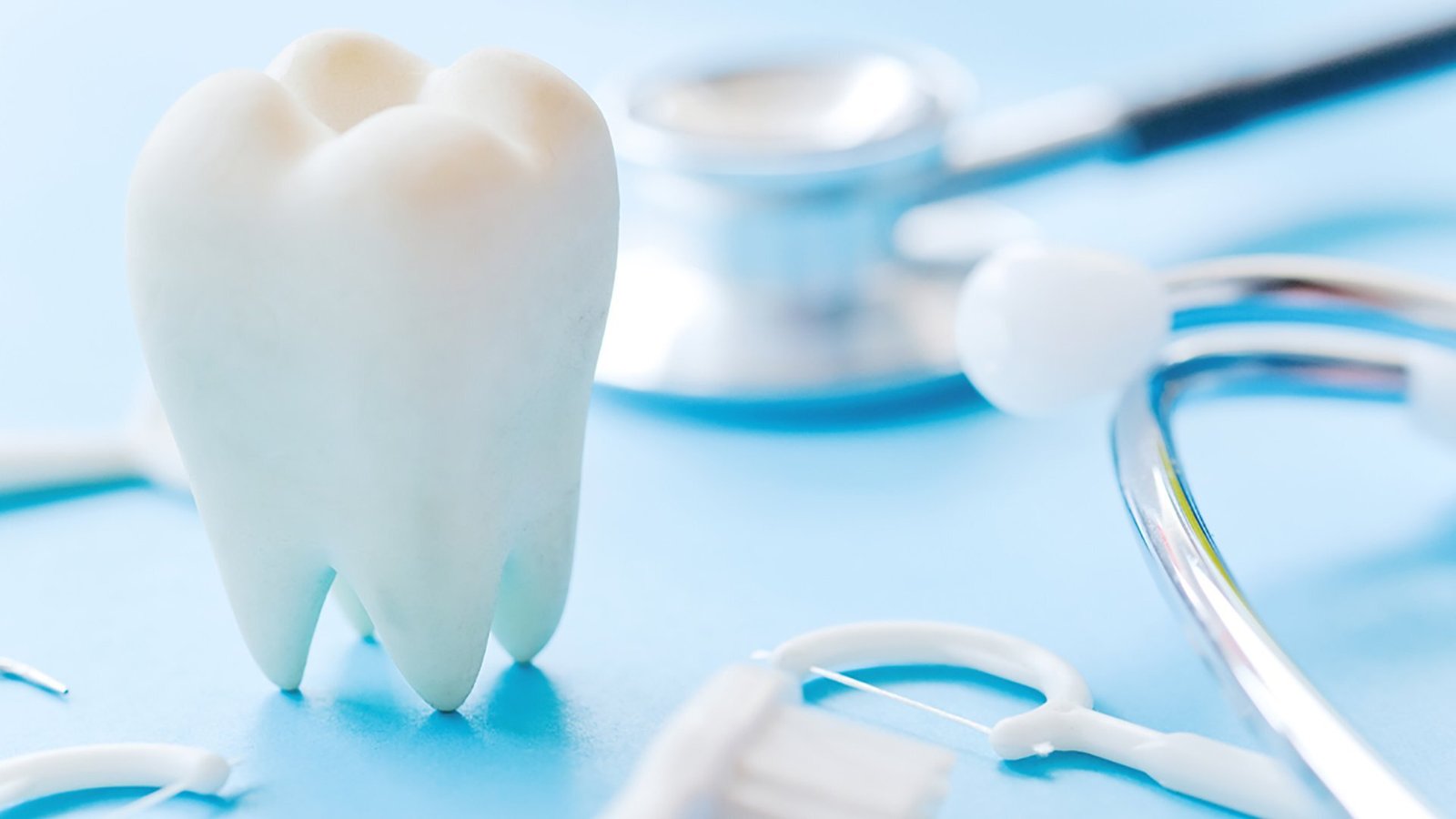Having correct dental study models can mean the difference between a successful treatment and expensive remakes. Regardless of whether you are a dental student, an orthodontist, or a lab technician, perfecting the process of rendering accurate dental student practice models is an essential part of crafting dental student practice models. Thanks to the cutting edge technology that Aidite provides us with, such as high-precision intraoral scanners and advanced 3d printers, this process has become more reliable than ever. In this guide, we will discover all the practical tips and tricks for making perfect dental study models for orthodontic treatment planning and practice.
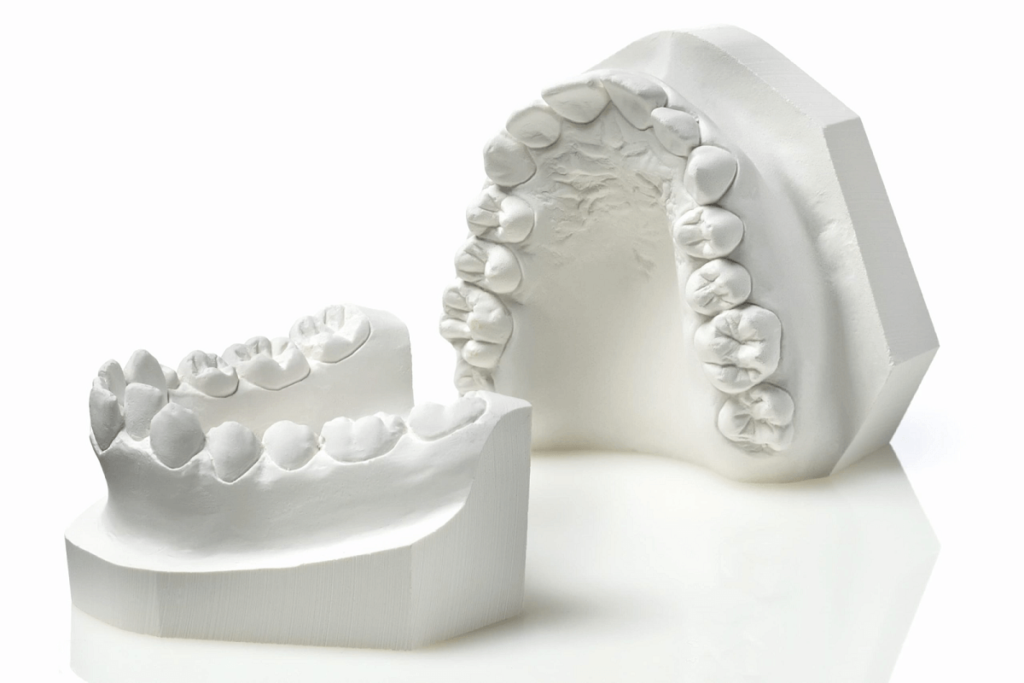
What Are Dental Study Models?
Dental study models are accurate 3D copies of a person teeth, arches and adjacent gum tissue. They act as a physical or digital documentation that is a must have for clinicians.
- Diagnosis: They provide an intricate view into the malocclusion and oral anatomy of a patient.
- Planning: They provide the foundation for developing treatment plans.
- Communication: They assist with the explanation of proposed treatments to the patient
These important models are now produced using either traditional plaster methods or newer digital scanning technologies, like Aidite’s A-IS Pro intraoral scanner – as we will discuss later in this article. Thus, one of the key applications from the used data is used in the generation of extremely accurate 3D printed dental study models which are an asset in practice for clinicians as well as dental students. Your Orthodontic study models serve as a basis for the whole treatment.
Importance of Study Models in Orthodontics
The importance of study models in orthodontics is instrumental to predictable and successful patient outcomes. They provide a 3 dimensional static overview that cannot be obtained with a clinical exam alone.
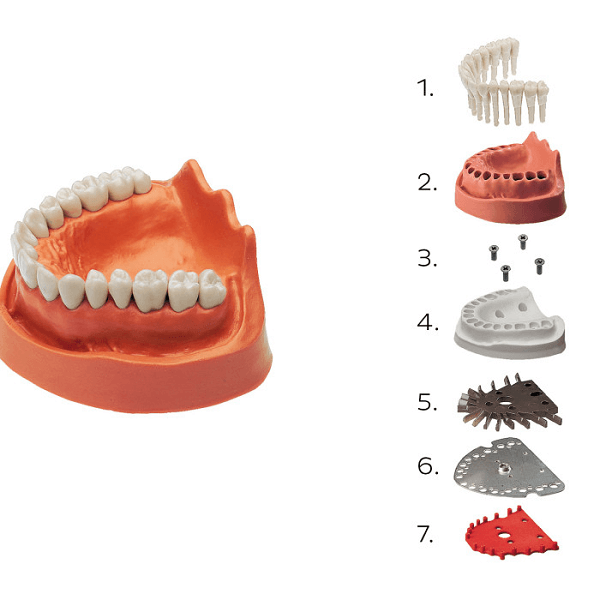
- Diagnosis Accuracy: Orthodontic study models offer an exact view of patient occlusion, malaligned teeth, or spacing issues. It permits detailed analysis of malocclusion.
- Detailed Treatment Planning: Orthodontic study models for treatment planning are indispensable. It allows orthodontists to visualize how teeth will be moved, simulate the expected outcome, and create dental appliances.
- Monitoring: A succession of dental study models captured during treatment are unequivocal landmarks for monitoring and altering the treatment plan.
- Legal & Insurance Records: They provide detailed physical records of the patient´s condition at the beginning of treatment and over the course of treatment for the purpose of legal or insurance requirements.
Part of Aidite’s full digital workflow is integrating scanners such as the A-IS Pro with the CPD-100 DLP printer, enabling clinicians to create highly precise orthodontic study models. With this computer based approach, the errors of traditional impressions are minimized, as a result, more accurate, reproducible treatment outcomes are obtained. The importance of study models in orthodontics always been a pillar, especially in those ways of working that allow us to use all the digital tools and guarantee the precision of the final result.
Tips for Creating Accurate Orthodontic Study Models
The key to effective orthodontic study models is accuracy. However, inaccuracies at this stage may affect the whole treatment plan. Some expert advice to make sure your models are perfect each time.
Take Up Digital Scanning Technology
Changing from traditional impressions to a digital workflow will be your best bet for accuracy.
- Use A Scanner with High Accuracy: Aidite A-IS Pro intraoral scanner is the one you need, as it makes scanning simple with incredible accuracy for detailed scanning! Able to avoid usual impression material defects such as tears, voids and distortion.
- Practice Your Scanning Approach:
- Properly align the scanner wand to acquire every tooth surface without any distortion.
- Take a step by step approach to obtaining all your data with occlusal, buccal and lingual details.
- Utilize the scanner software to check the coverage and quality of the scan before the patient leaves the chair.
Utilize 3D Print to Manufacture Models
3D printing is the ultimate process for manufacturing a physical dental study model, once you have the perfect digital scan. The CPD-100 DLP printer from Aidite is meant for this.
- Use the Right Resin: Aidite’s Model Resin is an excellent choice here as it is optimized for both dimensional stability and a smooth surface finish.
- Calibrate your printer: Make sure your 3D printer is appropriately calibrated to provide consistent, high-resolution results. The CPD-100 performs consistently and has a low rate of print failures.
- Print Settings: Recommended settings for layer thickness and curing time help to optimize speed and accuracy in a perfect orthodontic study models.
Proper Handling and Storage
Plaster and 3D printed orthodontic study models, just like anything else, have their own methods of care.
- Prevent warping or degradation of models over time by keeping them in a stable, dry environment.
- Mark all dental study models with the Name and Date of the patient clearly visible for identification and record-keeping purposes.
- Before picking up the models, treat them with care to ensure that they return with no incisal edges or cusps missing, and retain an intact model.
Learning by Doing: Practice Models for Dental Students
Dental student practice models are essential tools for practicing core clinical skills in a safe environment. Depending on how the students use these models, they can either help or hinder confidence and competency.
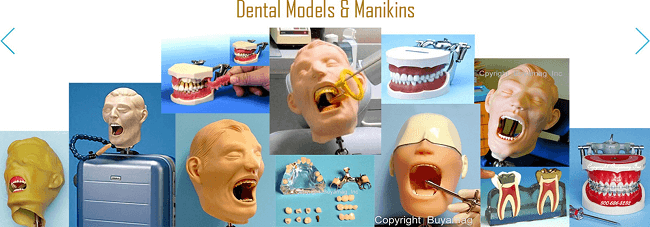
- Practice Foundational Skills: Basic typodont impressions and plaster pouring Data familiarization before digitalization.
- Use Digital Tools from the Very Beginning:
- Practice scanning typodonts with a scanner such as Aidite’s A-IS Pro. It develops skill with digital tech in the absence of high-stakes live patient pressure.
- You can utilize those digital files to perform analysis on your work, for example, analyzing a crown preparation or measuring tooth measurements.
- Practice Advanced Procedures: Utilize dental student practice models 3D printed from real patient scans (anonymized, of course) to practice complicated procedures and even ortho case workups. This connects the gap between theory and clinical practice.
- Seek Constructive Feedback: Offer faculty your completed dental student practice models for review several times throughout the semester. Be receptive to their constructive criticism and use it to perfect your pouring, trimming, or scanning.
With these tips, students can prepare themselves to form a foundation to set up their life of excellent dental study model construction for patients to come.
Advanced Tricks for Orthodontic Study Models for Treatment Planning
To utilize the entire potential of digital technology for orthodontic study models for treatment planning.
Digital Treatment Simulation
- Take advantage of sophisticated orthodontic software that seamlessly integrates with Aidite scanning systems.
- Conduct digital setups to simulate accurate tooth movements and ensure the final result will look as expected prior to commencing treatment.
- Workflow is streamlined to generate clear aligner treatment plans based directly on the digital dental study models
Virtual Occlusion Analysis
- True Visual caries viewer true bites ability to see the patient’s bite relationship from all angles in virtual modelling
- Detect before anything is fabricated any contacts that are purchased as well as probable interferences with accuracy, and adjust the treatment concept accordingly.
The above sophisticated digital methods are areturning orthodontic study models into proactive entities rather than passive records, which augment the reliability and predictability of orthodontic therapies.
FAQs
Q1. What is the purpose of a dental study model?
Dental study models are used to diagnose a condition, plan a detailed treatment program, communicate with patients, and give comparative information over time.
Q2. How can I verify the accuracy of my orthodontic study models?
In order to achieve the highest accuracy by robotic occlusion, utilize a proper digital workflow, such as the Aidite A-IS Pro intraoral scanner, and an accurate 3D printer.
Q3. What is the significance of dental student practice models?
Before working with real patients, dental student practice models are important for honing manual skills in a no-stakes environment.
Q4. Why should Aidite equipment be used to produce dental study models?
Aidite provides an integrated and comprehensive ecosystem of high-precision scanners, stable 3D printers, and high-quality materials to ensure an efficient and precise workflow of dental study model production.
Conclusion
Dental study models are made correctly with a mix of the right technique, detail, and technology. When you avoid the common pitfalls and leverage the best-in-class modern digital tools, you can rest assured that your models will always be accurate and reliable. With the A-IS Pro scanner and CPD-100 DLP 3D printer, Aidite has newly developed an advanced ecosystem for dental professionals and students to create high-quality dental study models. Incorporate these tips into your orthodontic study models and dental student practice models to deliver better patient solutions and improve learning outcomes.

